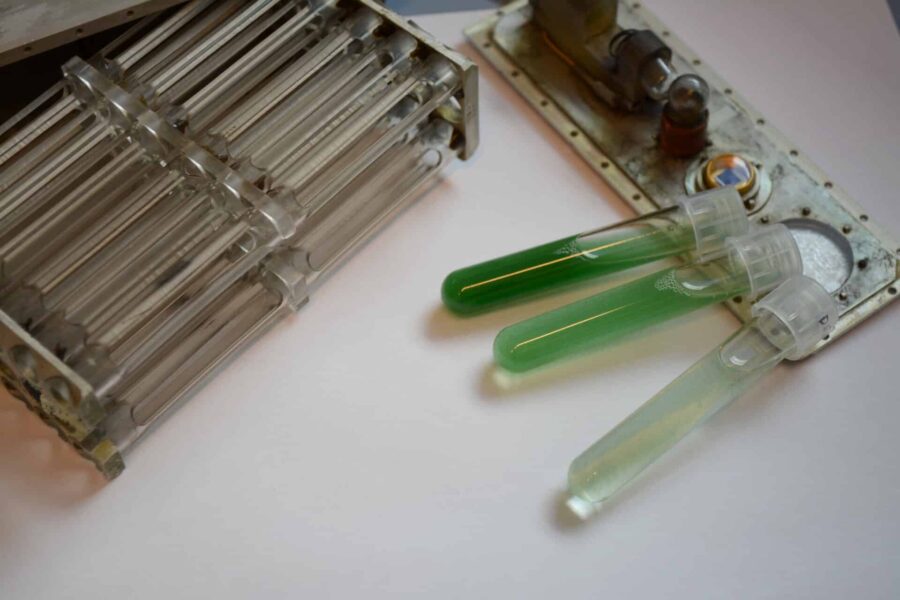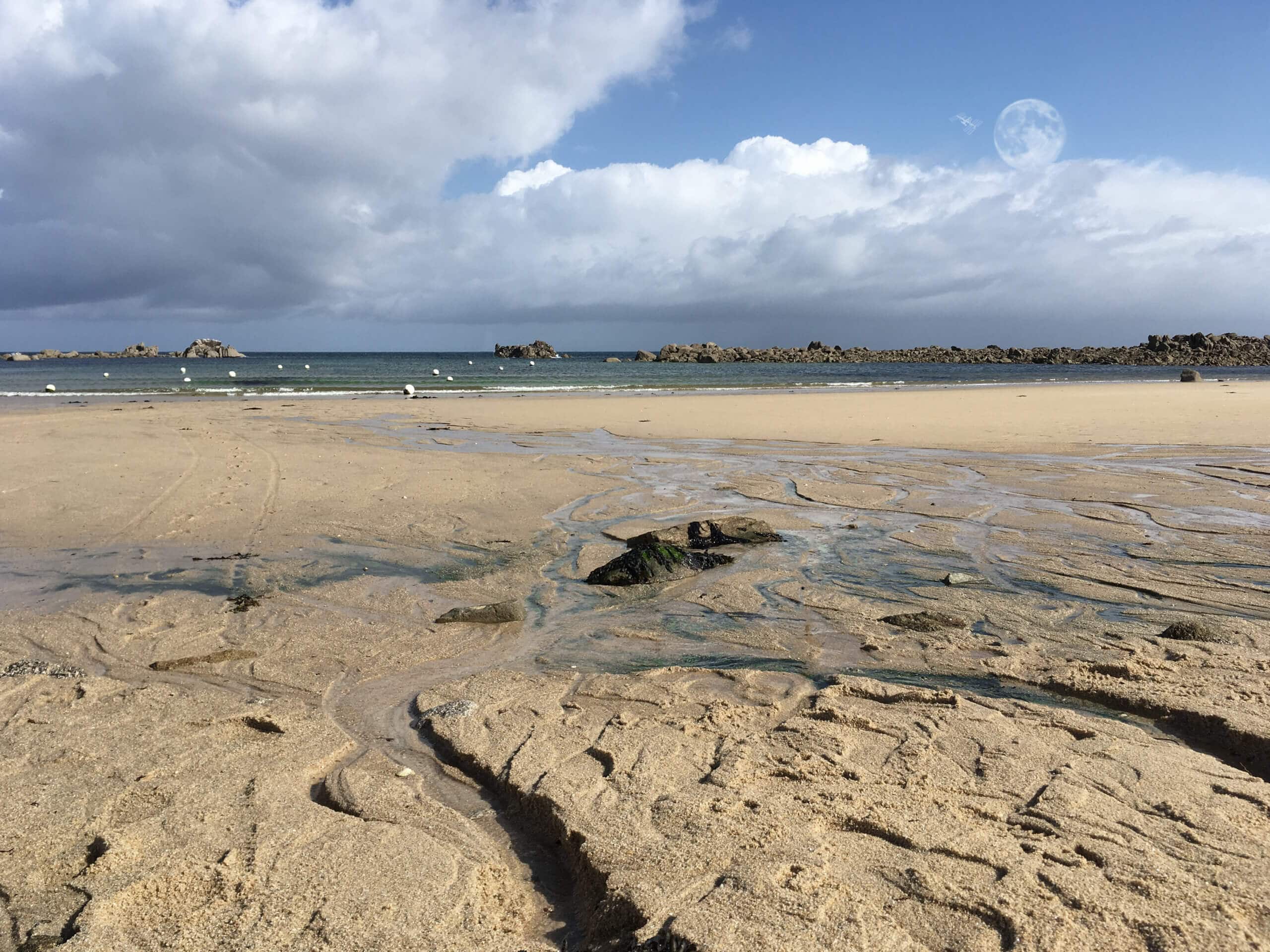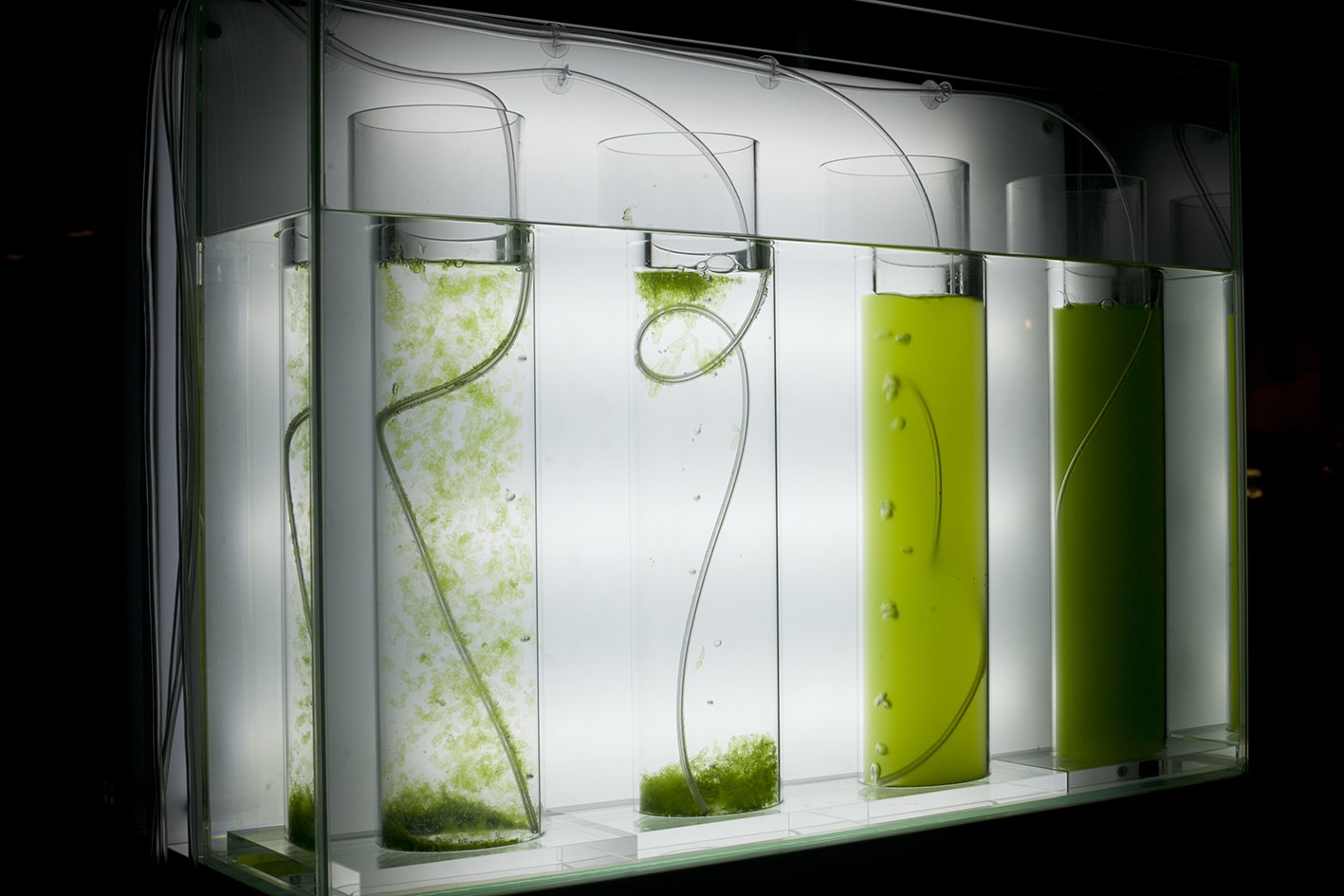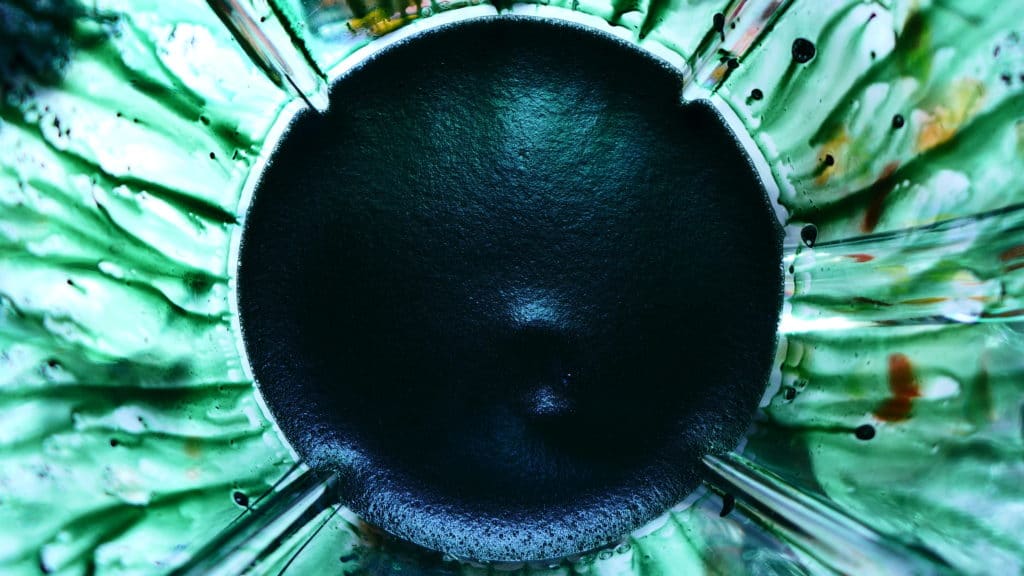Will we turn into “little green men” if we establish human colonies on Mars? This might be possible, given that microalgae like chlorella and spirulina are serious contenders for accompanying humans in spatial exploration. Their cultivation requires little space, is stable and relatively simple, and helps renew the air of the habitat through photosynthesis, as well as providing a highly nutritive dietary supplement. Could their long-term consumption lead to transformations in our microbiota, and even our physiology?
In August 1987, with the first foreign payload flown on a Chinese Long March rocket, the professors Claude Chipaux, Daniel Kaplan and partners sent an experiment on microalgae to analyze biological and technical problems in food production and air regeneration in conditions of microgravity. This foundational experience led to the emergence of the European program MELiSSA, or Micro-Ecological Life Support System Alternative. An initiative of the European Space Agency (ESA), MELiSSA has the goal of developing technologies for a future regenerative life support system for long-term human space missions. Aiming to reach the highest possible degree of autonomy, the point is thus to produce food, water and oxygen using waste from the mission, and MELiSSA ideally aims to create a circular and artificially closed ecosystem. MELiSSA today counts 15 partners in Belgium, Spain, France, Switzerland, Italy, the Netherlands and Canada, alongside nearly 50 bodies (universities, research centers, manufacturers and companies) participating in the project.
Headed by the professor Christophe Lasseur since 1990, in 2017 (33 years after the Chinese experiment) MELiSSA conducted an experiment on board the International Space Station: the ArtemISS mission (for “Arthrospira gene Expression and mathematical modelling on cultures grown in the International Space Station”), involving a photobioreactor helping determine how microgravity and space radiation influence the growth rate of Arthrospira, or Limnospira indica, better known as spirulina. Spurred by the success of this mission (spirulina develops like it does on Earth), rats supported by spirulina bioreactors are set to join the ISS as well later in the decade.
We wanted to learn more, and in November 2021, went to the Autonomous University of Barcelona to meet Dr. Francesc Gòdia, director of the MELiSSA program’s test factory, then to the European Space Research and Technology Centre (ESTEC) of the European Space Agency in Noordwijk, Netherlands, to meet Christophe Lasseur and his colleague, Dr. Sandra Ortega Ugalde.
We wanted to glean further information on the choice of spirulina, and how a long-term spirulina-based diet might change human microbiota, and even our very physiology – and to lead them onto the speculative terrain of Homo Photosyntheticus. They expand upon their views in the interviews below.
Ewen Chardronnet and Maya Minder
Dr. Francesc Gòdia is a chemist and head of the MELiSSA pilot plant, a joint installation of the Autonomous University of Barcelona and the ESA. Dr. Christophe Lasseur is R&D coordinator of environmental control and life support system and head of the MELiSSA project for the ESA. Dr. Sandra Ortega Ugalde is environmental control and life support system engineer at HE Space Operations for the ESA. Video interviews: Ewen Chardronnet; cinematographer: Sandra Bühler. Mixing: Quentin Aurat. This series of interviews is part of the artistic and research project “Homophotosyntheticus” by Ewen Chardronnet and Maya Minder.



